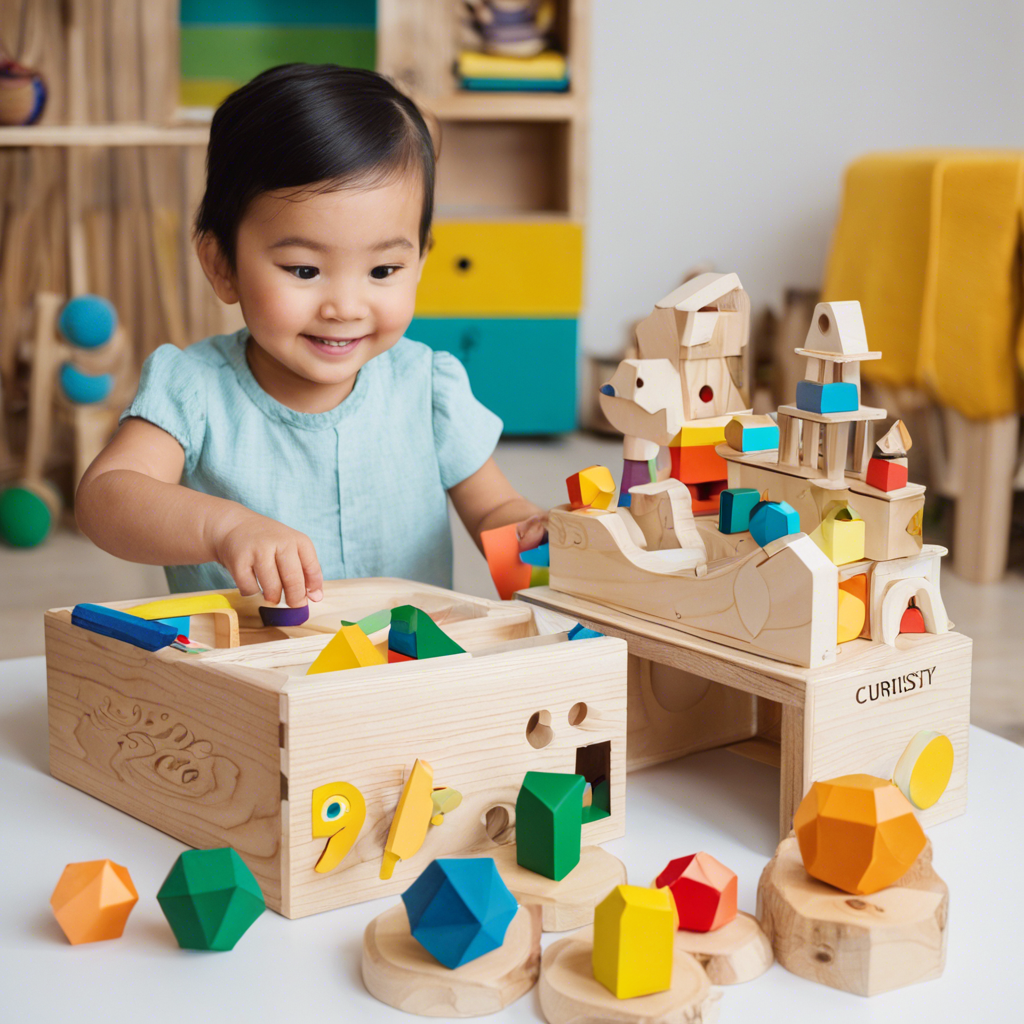Crafted with care and imbued with a sense of wonder, handmade toys that teach are experiencing a renaissance in an era dominated by technology. In a world where educational and interactive toys are often mass-produced and reliant on screens, there is a growing appetite for unique, handcrafted playthings that spark curiosity and creativity in children.
These toys are not just fun and games; they are meticulously designed with a pedagogical purpose. Each toy tells a story and imparts a lesson, encouraging young minds to explore, experiment, and discover. Craftspeople and designers are taking a thoughtful approach to toy-making, creating objects that engage children’s innate curiosity and provide a tactile, sensory experience.
Take, for example, the intricate wooden puzzles that depict everything from prehistoric creatures to famous landmarks. As children assemble the pieces, they learn about geography, history, and biology in a fun and interactive way. Soft, hand-stitched dolls from different cultures and backgrounds teach empathy and broaden children’s understanding of the world. Each doll is a little ambassador, sharing stories of faraway places and fostering an early appreciation for diversity.
The appeal of these toys also lies in their durability and potential to become family heirlooms. Unlike their plastic counterparts, which often end up in landfills, handmade toys are built to last and evolve with a child’s developing interests. They are crafted from sustainable materials, making them environmentally friendly, and their uniqueness ensures they become cherished companions.
Many of these toys draw inspiration from nature, encouraging children to explore the wonders of the natural world. Beautifully crafted birdhouses and bee hotels teach children about wildlife conservation and the intricate balance of ecosystems. Even the simplest of toys, like a set of hand-painted stacking blocks, can introduce young children to shapes, colors, and basic physics as they build tiny towers.
The makers of these educational toys often collaborate with educators and child development experts, ensuring that the fun has a firm foundation in learning theory. This synergy between craftsmanship and pedagogy results in toys that are not only delightful but also developmentally appropriate. They understand that play is a child’s work and that through play, children make sense of the world around them.
In an era where children’s attention is constantly sought by screens, these tactile teaching tools offer a refreshing alternative. Handmade toys that teach provide an analogue oasis, allowing children to unplug and engage in open-ended play that fosters their natural curiosity. They empower children to take an active role in their learning journey, to ask questions, and to seek answers through hands-on exploration.
There is a growing awareness among parents and caregivers about the benefits of such toys. They recognize that investing in well-made, educational playthings can have a lasting impact on a child’s development. These toys become more than just playthings; they become tools that lay the foundation for a lifelong love of learning.
So, in a world where technology often dominates, there is a comforting and exciting trend of handmade toys that teach, sparking curiosity and wonder in children and offering them a tangible, magical learning experience.

